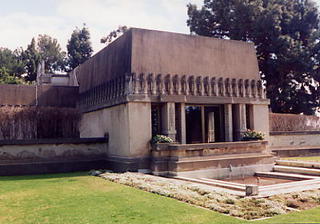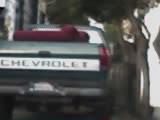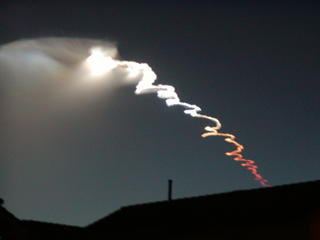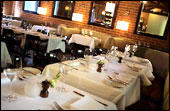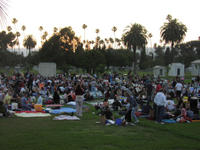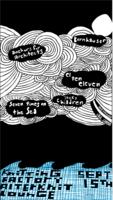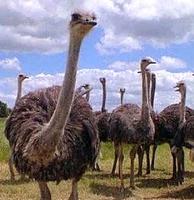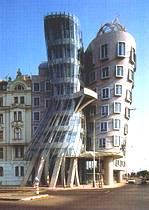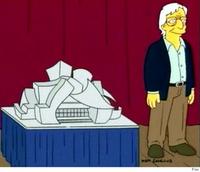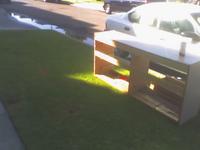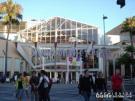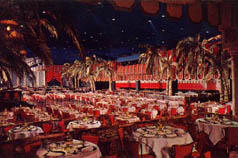Love LA, Love Our Smog
 Los Angeles is looking for some kind of big disaster. Something splashy, that'll make the national wires. Something where a lot of people die, with gruesome visuals, someone to blame, and some heroes. Something tragic. You can tell by the tenor of the news stories. Suddenly, a black out, an emergency landing, rain -- they all smack of a kind of panic. Even in a city where when it rains, people start freaking out, things feel a little over the top. Los Angeles, drama capital of the US, is experiencing disaster envy.
Los Angeles is looking for some kind of big disaster. Something splashy, that'll make the national wires. Something where a lot of people die, with gruesome visuals, someone to blame, and some heroes. Something tragic. You can tell by the tenor of the news stories. Suddenly, a black out, an emergency landing, rain -- they all smack of a kind of panic. Even in a city where when it rains, people start freaking out, things feel a little over the top. Los Angeles, drama capital of the US, is experiencing disaster envy.
Los Angeles is also a city that, after 50 years of smog control feels like we're getting a handle on it. Neophytes complain about the stain on our sky, while old timers, real Los Angelenos claim that it makes beautiful sunsets (they're not wrong) and that people who complain about it should shut up or get out. But smog kills nine thousand people a year -- a lot more than have died in Katrina so far. Smog isn't a sexy natural disaster. It doesn't strike suddenly, and there's definitely things we can do to stop it. Cutting ozone by a third would save four thousand lives, but buying new cars, changing the standards so it's more expensive for big business isn't what politicians or even people are interested in.
The LA Weekly is doing a special issue on it this week, an important read for anyone who cares about the city and its inhabitants: A Special Issue
Clear and Present Danger: What You Can't See Can Kill You
Los Angeles' skies sure look better than they did decades ago. Less lung-stinging ozone hangs over downtown and the deep bourbon hues of summertime skies are fainter than ever before. But looks are deceiving. A new threat haunts the air we breathe-- particles tinier than a virus; so small that, in the diesel-belching ports of Los Angeles and Long Beach, more than a million of them fit in a marble-sized chunk of air. These ultrafine particles become lodged in our lungs and hearts and are the culprit behind growing cancer rates. Some 9,600 people will die this year in California because of a smog-related disease. This amounts to a public-health emergency. Why, then, are only a handful or scientists, doctors and public officials responding to the challenge?
So take a few minutes and read up. Then head out to price some hybrids!
 October is a month of secrets. In LA, everyone's secret is that they wish it was cool enough to wear sweaters. Everyone is worn out by the heat. You feel like you can't even look at a tank top anymore.
October is a month of secrets. In LA, everyone's secret is that they wish it was cool enough to wear sweaters. Everyone is worn out by the heat. You feel like you can't even look at a tank top anymore. 